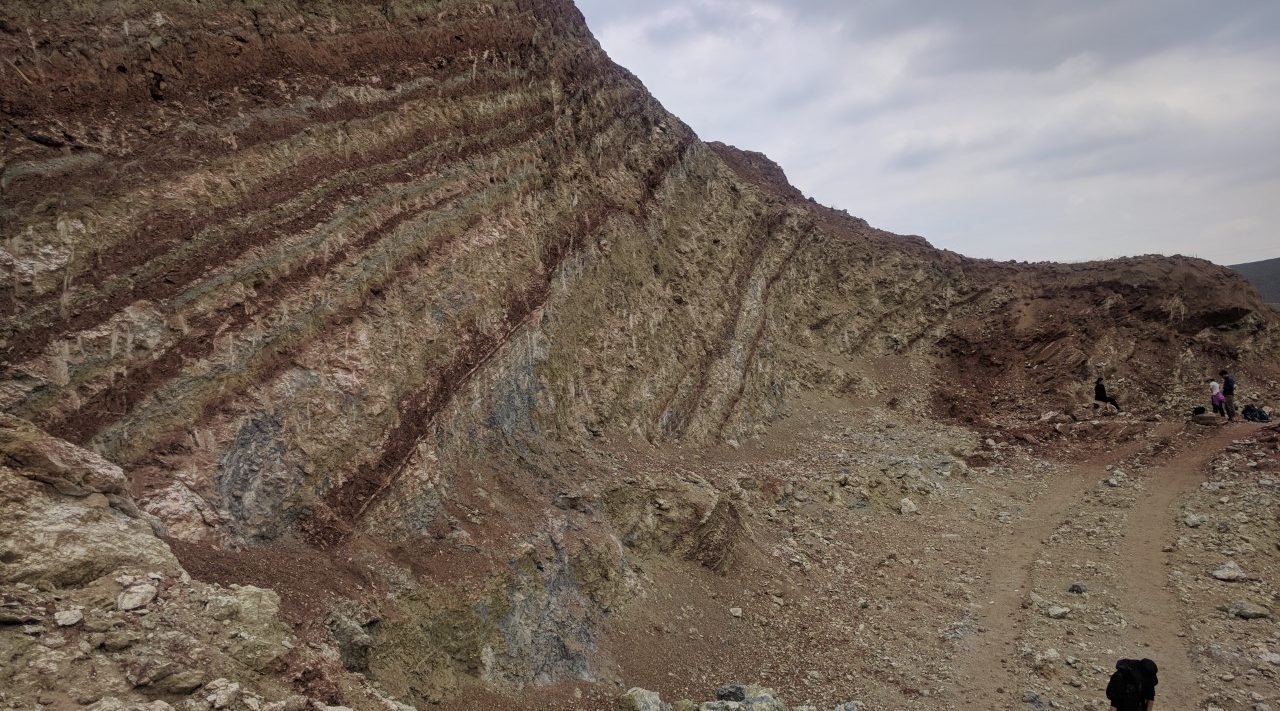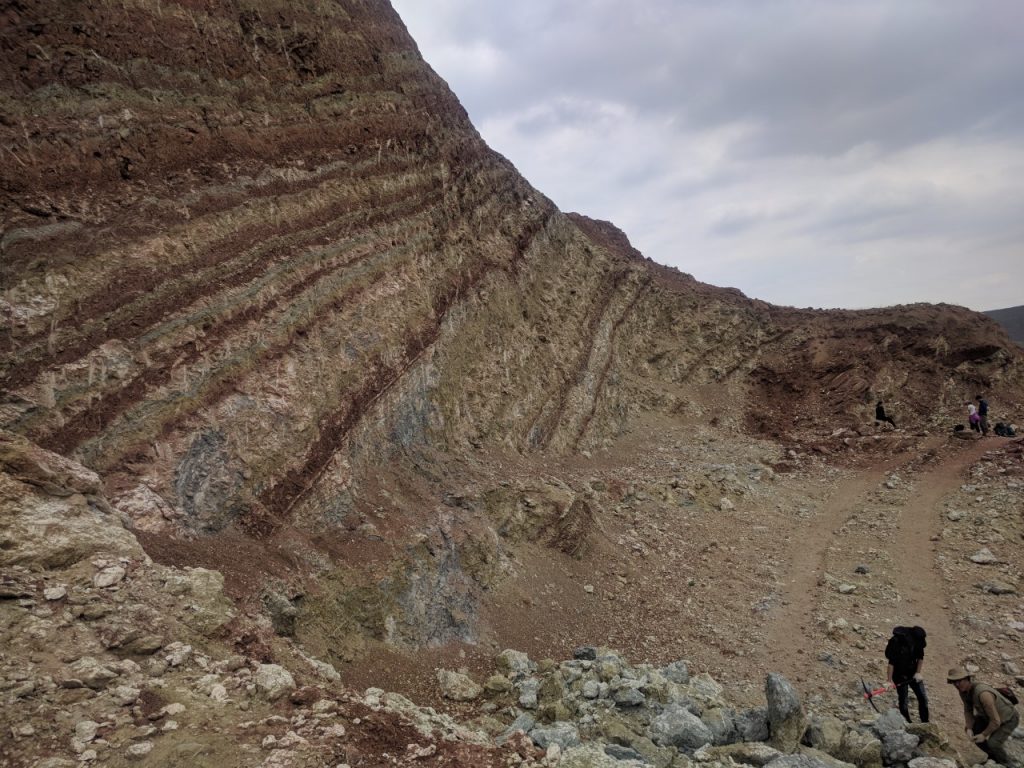Modelling the effect of variations in the Earth’s orbit on climates and biomes during the major Eocene-Oligocene climate transition
By comparing the results of climate simulations from the Eocene and Oligocene eras, subjected to different configurations of the Earth's orbit, a study published in the journal Science Advances, shows the role of these orbital variations in ancient climate variability and their influence on plant cover. Scientists from IPGP, CEREGE, CNRS, Université de Paris and their colleagues identify major environmental changes in tropical zones and along certain dispersal corridors, which may have had an impact on the migration of fauna at the time.

Publication date: 28/10/2021
Press, Research
Related teams :
Paleomagnetism
Related themes : Origins








